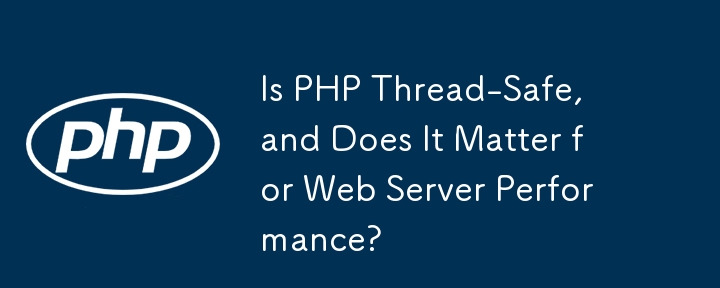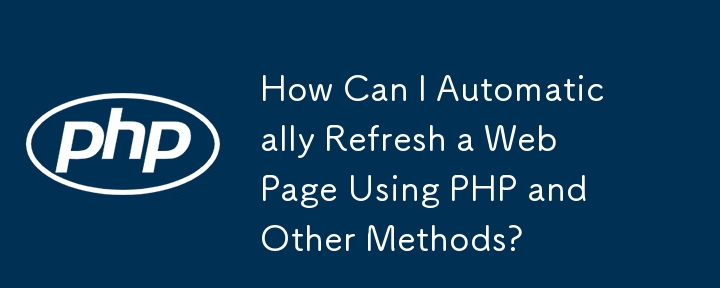Found a total of 10000 related content

How to scan for viruses on Mac [2025]
Article Introduction:Mac computers are not viral: symptoms, scans and removal methods
Although Mac computers have a powerful built-in security system, they can still be infected with malware. This article will introduce the symptoms of Mac virus infection, virus scanning methods, and methods to manually or with specialized tools to remove malware.
Do you suspect your Mac is infected with the virus?
CleanMyMac can clear all kinds of malware and find various vulnerabilities.
Free trial Security beta version
What is a Mac virus?
Mac virus is a malware targeting macOS. Some viruses are just annoying, while others pose a real threat to your private information. For example, a browser hijacker will redirect you to a third-party website you don't intend to visit, which is annoying
2025-03-13
comment 0
696

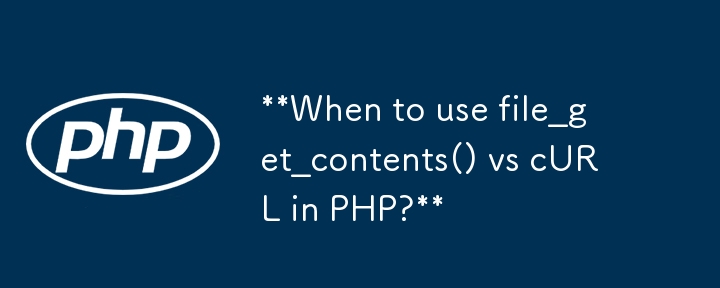
When to use file_get_contents() vs cURL in PHP?
Article Introduction:PHP cURL vs file_get_contents: Understanding the DifferencesWhen working with web APIs, PHP offers two common methods for accessing data:...
2024-10-31
comment 0
554
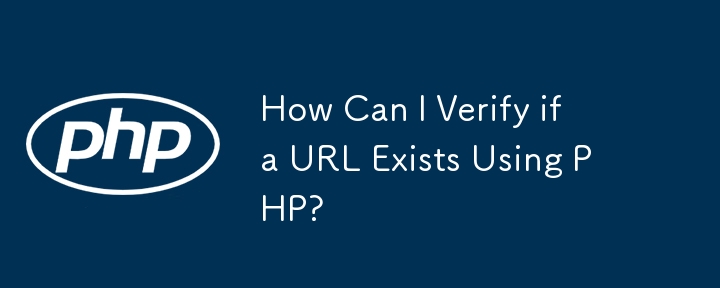
How Can I Verify if a URL Exists Using PHP?
Article Introduction:Verifying URL Existence with PHPEnsuring the existence of a URL is crucial for web development tasks. In PHP, there are several effective methods...
2024-12-13
comment 0
821
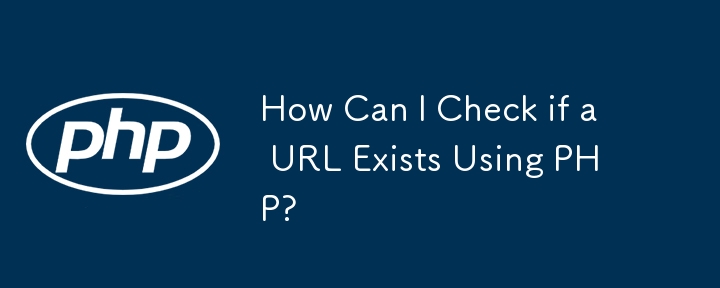
How Can I Check if a URL Exists Using PHP?
Article Introduction:Determining the Existence of URLs Using PHPVerifying the existence of a URL is a crucial task in web development. PHP offers multiple methods to...
2025-01-01
comment 0
528
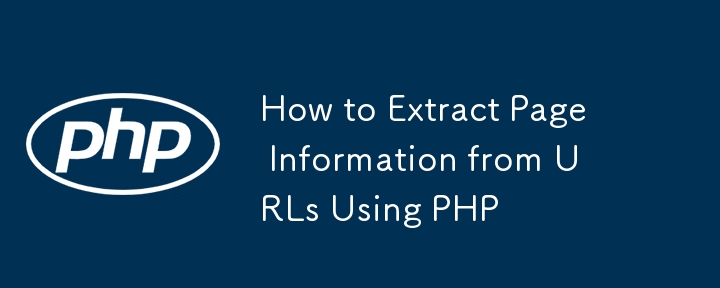
How to Extract Page Information from URLs Using PHP
Article Introduction:Web Scraping Techniques in PHP: Extracting Page Information from URLsIn PHP, you can efficiently extract specific page information, such as the title, image, and description, from a URL provided by a user. Here are methods to achieve this:Using Simpl
2024-10-17
comment 0
999
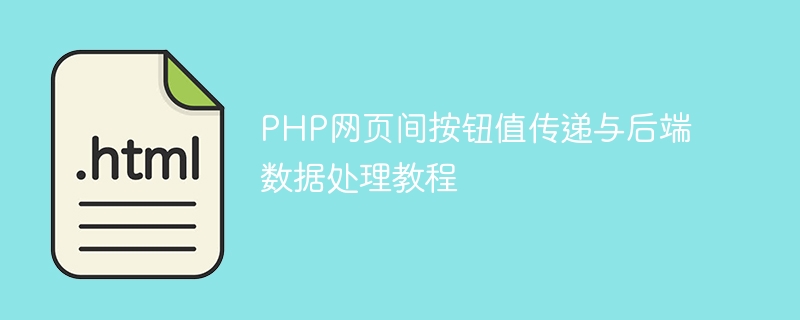
Tutorial on the PHP web page value transfer and backend data processing
Article Introduction:This tutorial explains in detail how to safely and efficiently pass a specific value to another PHP file by clicking the front-end HTML button in a PHP web application and process it on the back-end, for example for SQL queries. The article covers two main methods: using JavaScript to dynamically build URL parameters (GET methods) and submit data using HTML forms, and emphasizes data security, SQL injection protection, and usage scenarios of different methods.
2025-08-15
comment 0
383

Can User Browser Detection in PHP Be Reliable?
Article Introduction:Reliable User Browser Detection with PHPDetermining a user's browser can be crucial for tailoring web experiences. PHP provides two potential methods: $_SERVER['HTTP_USER_AGENT'] and the get_browser() function.$_SERVER['HTTP_USER_AGENT']$_SERVER['HTT
2024-10-17
comment 0
391
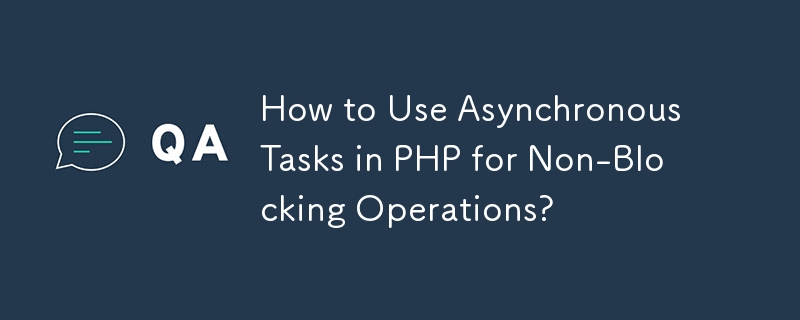
How to Use Asynchronous Tasks in PHP for Non-Blocking Operations?
Article Introduction:This article explores asynchronous task execution in PHP to enhance web application responsiveness. It details methods like message queues, asynchronous frameworks (ReactPHP, Swoole), and background processes, emphasizing best practices for efficien
2025-03-10
comment 0
1183

How to use yii framework
Article Introduction:Free and open source PHP Web Framework Yii Getting Started Guide Installation Prerequisites: PHP 7.2, Composer Create Application: composer create-project yiisoft/yii2-app-basic your-app-name Project Structure: Contains assets, config, controllers, models, runtime, views, web, etc. Create Controller: Create classes in the controllers directory, such as SiteController, define operation methods and create models: In models
2025-04-18
comment 0
818
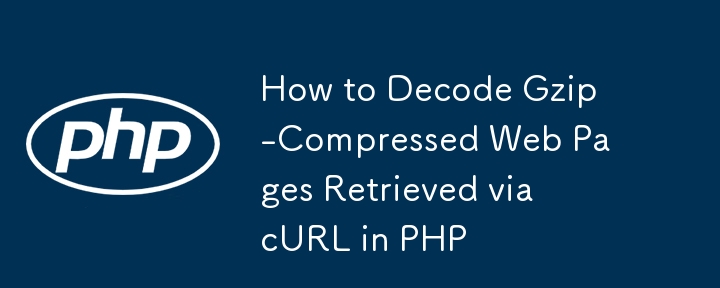
How to Decode Gzip-Compressed Web Pages Retrieved via cURL in PHP
Article Introduction:This article discusses methods for decoding gzipped web pages retrieved through cURL in PHP. The main issue addressed is the need to handle compressed responses effectively. The article recommends using cURL's auto-encoding feature, which automatical
2024-10-24
comment 0
964
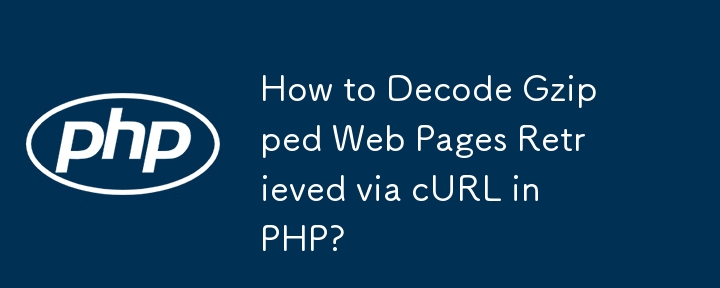
How to Decode Gzipped Web Pages Retrieved via cURL in PHP?
Article Introduction:This article addresses the challenge of displaying gzipped web pages retrieved with cURL in PHP. It presents two methods to decode the data: enabling cURL's auto encoding mode or forcing gzip encoding. Employing these techniques allows for efficient
2024-10-24
comment 0
1115
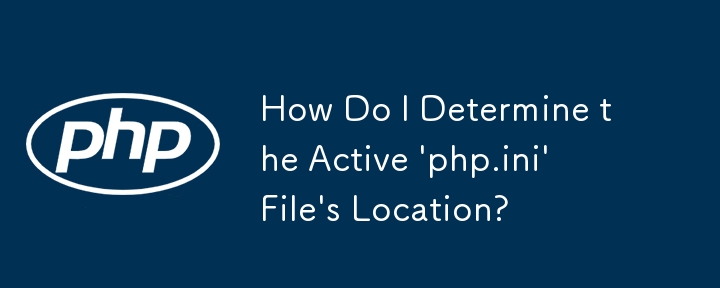
How Do I Determine the Active \'php.ini\' File\'s Location?
Article Introduction:This article provides methods to identify the active 'php.ini' file location in Linux systems, addressing the issue that multiple 'php.ini' files may exist. By utilizing the 'php --ini' command or the 'phpinfo()' function in web scripts, users can lo
2024-10-24
comment 0
675
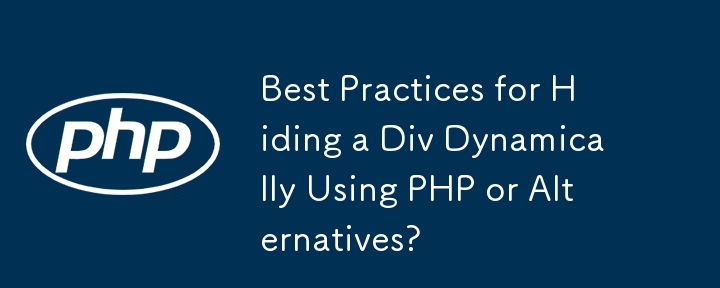
Best Practices for Hiding a Div Dynamically Using PHP or Alternatives?
Article Introduction:Dynamically Hiding a Div with PHPHiding a div element on a web page can be achieved through various methods. One approach is to use PHP conditionally within CSS styles. However, this technique raises concerns regarding its effectiveness and potential
2024-10-20
comment 0
1132

How to Use PHP in HTML
Article Introduction:Easily master the combination of PHP and HTML
Want to learn PHP and apply it to web development? This article will introduce several ways to embed PHP code into HTML to help you create dynamic web pages. We assume that you have the PHP environment installed in order to run the sample code in this article.
First, we provide a free online PHP basics course to help you master the basics of PHP programming, from simple loops and functions to object-oriented programming (OOP), as well as core skills in web application development such as handling GET/POST requests, parsing JSON, user authentication, and MySQL databases.
Two main methods of combining PHP and HTML
There are two main ways to combine PHP with HTML:
Embed PHP code
2025-03-07
comment 0
734

PHP Authorization with JWT (JSON Web Tokens)
Article Introduction:Application authentication used to rely solely on credentials such as username/mailbox and password, and the session was used to maintain user status until the user logged out. After that, we started using the authentication API. Recently, JSON Web Tokens (JWT) are increasingly used to authenticate server requests.
This article will introduce what JWT is and how to use PHP for JWT-based user request authentication.
Important points
Evolution of authentication methods: This article outlines the evolution of user authentication methods, from traditional sessions to using JSON Web Tokens (JWT), highlighting the transition to a more secure and efficient way of user authentication and session management for web applications. .
JWT's Excellence
2025-02-08
comment 0
1188
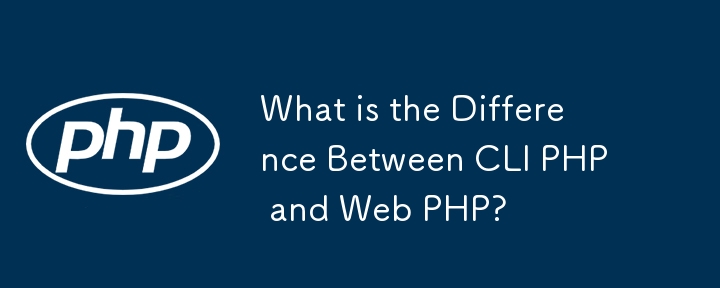
What is the Difference Between CLI PHP and Web PHP?
Article Introduction:There are key differences between CLIPHP and WebPHP in configuration files, execution environment, error handling and usage scenarios. 1. Different configuration files are different. CLI usually uses /etc/php/8.x/cli/php.ini, while WebPHP uses such as /etc/php/8.x/apache2/php.ini, resulting in inconsistent settings such as display_errors; 2. Different execution environments are different. CLI runs on end users, and WebPHP runs on web server users (such as www-data), affecting permissions, environment variables and input and output methods; 3. Different error handling methods are different. CLI displays detailed error information by default, and WebPHP may record errors.
2025-07-08
comment 0
305



